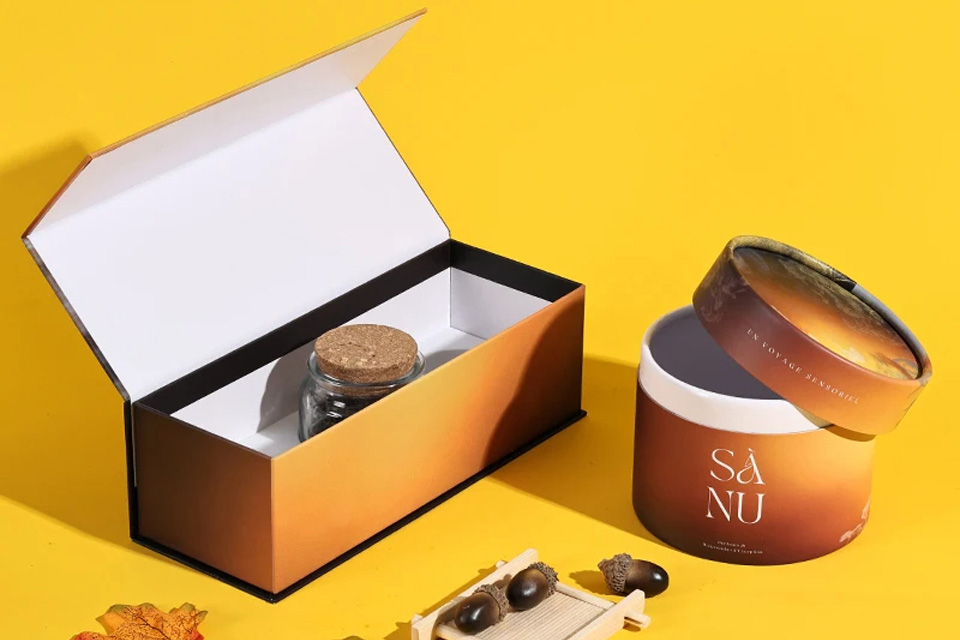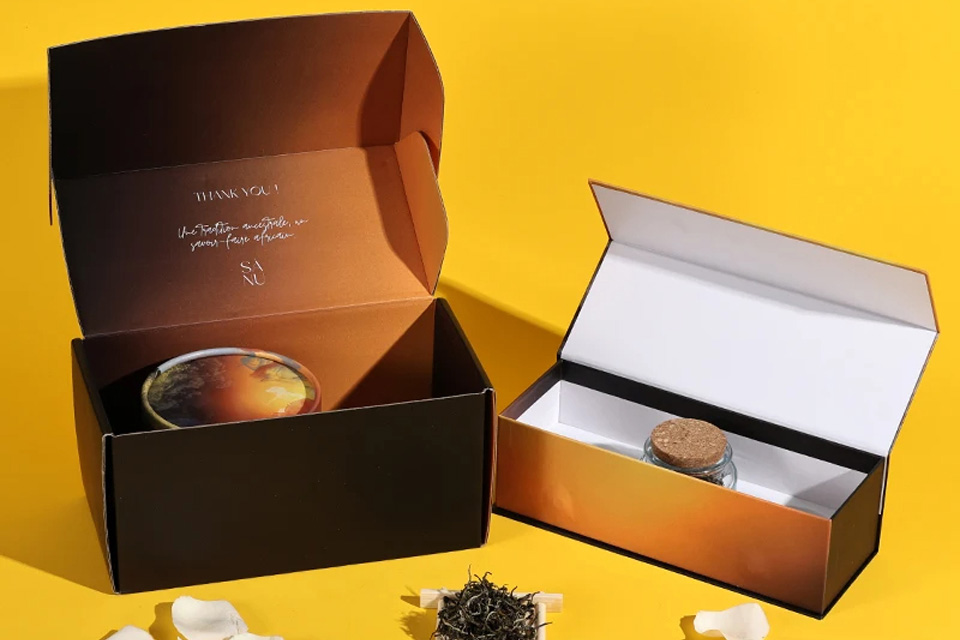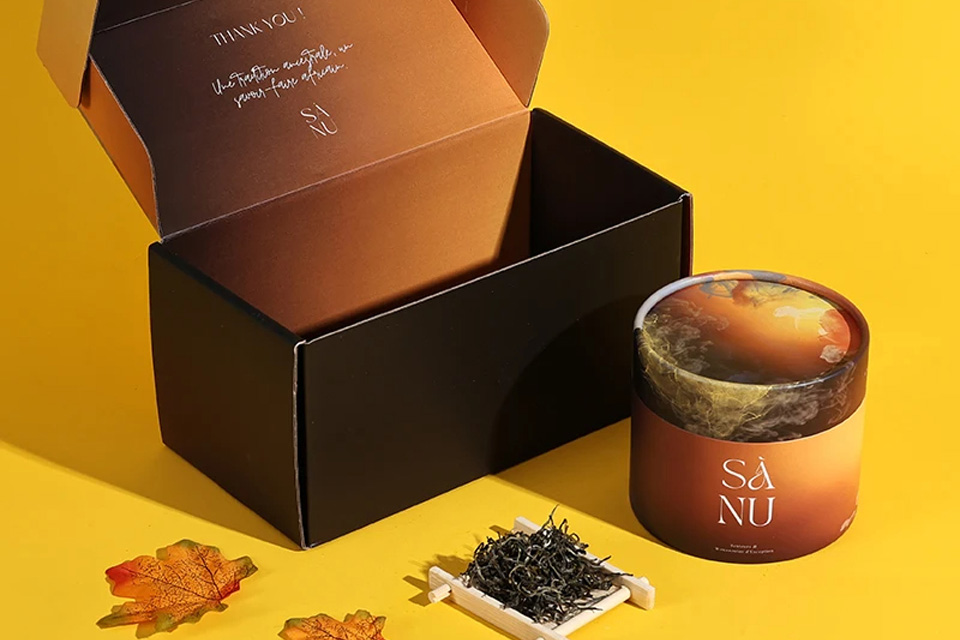Font design: the invisible lever to leverage the commercial value of customized packaging
Font design: the invisible lever to leverage the commercial value of customized packaging
Abstract
In the visual battlefield of customized packaging boxes, fonts are evolving from information carriers to core assets of brand strategy. According to the data of Global Food Institute, the conversion rate of packaging boxes adopting precise font strategies has increased by 56%, and the 2025 report of Alibaba International Station shows that the premium space of gift packaging with innovative font design reaches 34%. From the four dimensions of cognitive anchor points, cultural translation, sensory engineering, and dynamic interaction, this article combines the cases of leading brands such as Dove and Ferrero to reveal how font design drives the sales conversion and brand value-added of customized packaging boxes through the integration of neuroaesthetics and business logic.
1. Visual Hammer Theory: Fonts as Brand Cognitive Anchors
Fonts are the ultimate weapon for building brand super symbols. According to the 2025 research of NetEase Design Institute, the brand awareness of brands that continue to use exclusive fonts has increased by 73%. The iconic silk texture font of Dove chocolate transforms the taste promise of "enjoying silky smoothness" into a visual symbol through the wavy treatment at the end of the stroke, allowing consumers to complete brand recognition within 0.3 seconds. This neurocognitive mechanism is strengthened in the Ferrero Rocher gift box - its gold-stamped Gothic font and the geometric echo of the spherical packaging form a visual magnet on the shelf, achieving a single-day sales of more than 500,000 boxes during Valentine's Day.
The ability to translate cultural symbols determines market penetration. Chongqing Jiang Xiaobai chocolate gift box uses the Bashu bamboo slip font, which integrates the "spicy" regional characteristics into the stroke structure, increasing the conversion rate of tourist souvenirs by 41% (data from Chongqing Packaging Customization Center). Japan's Meiji Chocolate uses kana font curves to simulate the shape of melted cocoa butter, successfully entering the high-end European market with a premium rate of 58% (Global Packaging Design Association case).
2. Five-Sense Synesthesia Engineering: Consumption Decision Chain Triggered by Fonts
Font design is reconstructing consumers' sensory decision paths. Experiments by the International Packaging Federation show that rounded fonts increase the perceived sweetness of chocolate by 22%, while sharp-angle fonts enhance the layering of the bitter taste of dark chocolate. This principle is applied to the extreme in the Lindt Excellence series: the packaging with 70% cocoa content adopts etching Gothic font, which strengthens the taste impact through the rough sense of touch and increases the repurchase rate by 39%.
Dynamic visual guidance technology innovates the efficiency of information transmission. The "Purely Clever Box" case studied by Top Packaging in 2024 uses gradient color fluid fonts to simulate the melting process of chocolate, and the recognition speed of key nutritional information is increased by 3 times. The three-dimensional embossed font design of Kinder Surprise Eggs constructs a visual dynamic line through shadow changes, allowing parents to capture the product advantages within 1.2 seconds (data from the Global Packaging Design Association).
3. Cultural Translation System: Value Narrative Carried by Fonts
Fonts are modern translators of regional cultural genes. The Shu Embroidery Chocolate Packaging of Chengdu Gift Box Factory deconstructs the Shu Brocade pattern into font serif decoration, and combines it with silk paper material to increase the cultural premium space by 45%. The Belgian brand Pierre Marcolini successfully created the concept of a "flowing chocolate museum" through the space-time dialogue between the Art Nouveau curved font and the hand-painted cocoa beans, with a customer unit price exceeding €280.
Young narratives require fonts to break boundaries and innovate. Alibaba International Station's popular "Sound Wave Chocolate" gift box incorporates voiceprint visualization technology into font design. Consumers can listen to customized voice by scanning the code, which has caused the Z generation's sharing rate to soar by 210%. Santonban's pixel-style fonts are combined with blind box packaging to activate the emotional memory of the millennial generation through 8-bit retro aesthetics, with sales exceeding 120 million yuan in a single quarter.
4. Intelligent interactive revolution: font-driven dynamic marketing
Variable font technology is reshaping the marketing value of packaging. Adobe and Mars Group's "Color Emotion Packaging" uses an electronic ink screen to display the font color that matches the consumer's heart rate in real time, extending the interaction time to 4.5 minutes. Lindt's AR font system can trigger a virtual chocolate workshop by scanning the packaging, reducing brand education costs by 63%.
Data-driven font iteration mechanism has become a competitive barrier. The A/B test model of NetEase Design Institute shows that brands that adjust 5% of font details every month can increase customer freshness retention by 19%. Referring to Godiva's font dynamic library system, the font rounding rate is automatically adjusted according to sales area data: the North American market uses 12° rounding to enhance intimacy, and the Asian market uses 6° rounding to create a refined image.
Summary
Font design has broken through the scope of graphic aesthetics and evolved into a composite business tool that integrates neuroscience, cultural semiotics and data technology. From the taste hints of Gothic fonts to the scene adaptation of variable fonts, from the regional translation of Shu brocade patterns to the interactive revolution of sound wave fonts, collaborative innovation in four dimensions is reconstructing the value chain of customized packaging boxes. It is recommended that companies establish a "font strategy laboratory" to combine the consumption data of Alibaba International Station with the neuroaesthetic model of NetEase Design Institute to incorporate font design into the core link of packaging research and development. In this era where attention lasts only 8 seconds, those who get the font win the hearts of the people - this is not only a design principle, but also a decisive rule for commercial competition.



